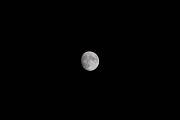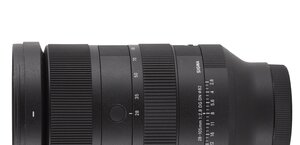Nikon Nikkor AF-S 70-300 mm f/4.5-5.6G IF-ED VR
11. Summary
- solid barrel,
- very good image sharpness in the frame centre,
- good image quality at the frame edge,
- low distortion,
- slight coma,
- well-corrected astigmatism,
- low vignetting,
- efficient stabilization,
- excellent autofocus.
Cons:
- high or very high chromatic aberration at all focal lengths,
- at 300 mm image resolution could have been better.
To put it in a nutshell Nikon took up to the challenge of the Canon 70-300 IS in a stylish and efficient way. Both lenses have similar properties with the similar pros and cons list and one serious slip-up – in the case of the Canon it was the autofocus, which, for an USM mechanism works badly; in the case of the Nikon it was the chromatic aberration, which level was too high.
Please Support UsIf you enjoy our reviews and articles, and you want us to continue our work please, support our website by donating through PayPal. The funds are going to be used for paying our editorial team, renting servers, and equipping our testing studio; only that way we will be able to continue providing you interesting content for free. |
- - - - - - - - - - - - - - - - - - - - - - - - - - - - - - - - - - - - - - - - - - - - - - - -
What’s more important, in the case of both instruments the 70-300 mm class lenses users can be encouraged to change their devices into the stabilized ones with confidence. Paying those additional 250 $ you get not only the stabilization but also better optical properties and a more efficient autofocus. Of course encouraging is one thing but following our advice is quite another – after all the sum of 250 $ is not a trifle so everybody must consider such a move individually.
Sample shots:















